Harvest sugar snap peas (Snap peas seed to harvest) – Growing sugar snap
Growing sugar snap peas in the ground cultivation. This time, the sugar snap peas harvest time has come.
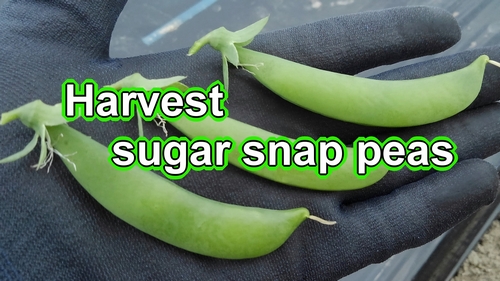
Sugar snap peas growing started in late September. When growing snap peas from seed in garden, for open-field cultivation, you plant the snap pea seeds in the fall, let them overwinter, and harvest in spring. From soil preparation to harvest, the entire cultivation period spans approximately 7 months, starting around October and ending around April.
For this season, sugar snap pea cultivation involved soil preparation at the end of September, and the seeding period was in early November. (November is the best time to plant peas.)
When preparing the soil for sugar snap peas, be careful not to over-fertilize. For leguminous vegetables, if there is too much fertilizer, only the leaves will flourish, making it difficult for the fruits to form.
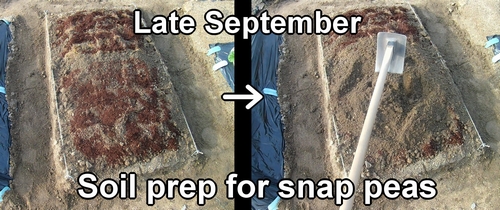
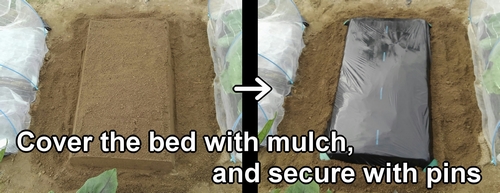
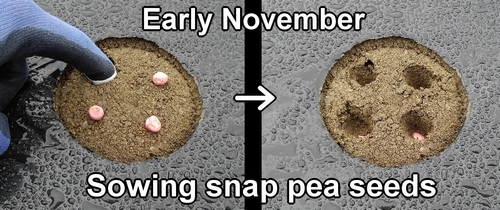
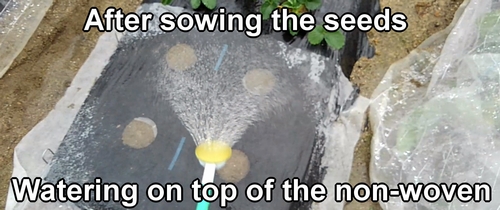
The sprouted snap peas are growing well. In late December, we performed thinning, staking, and winter preparation for sugar snap peas. Thinning involves leaving 2 snap pea plants in one hole. 4 stakes were placed within the snap pea plot.
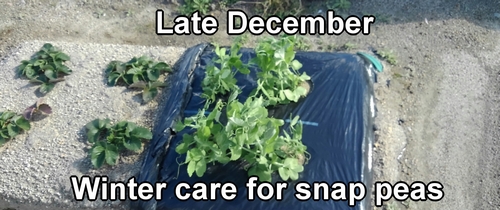
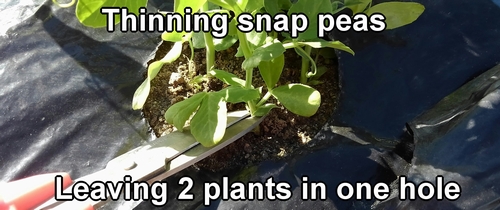
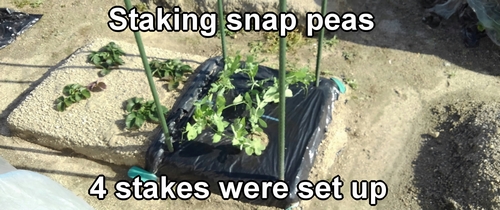
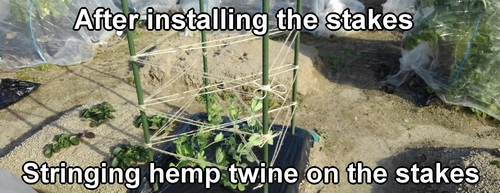
Sugar snap peas are given 'frost protection’ to prevent them from withering in the cold during winter. For frost protection of snap peas, we use non-woven fabric. Wrap the non-woven fabric around the stakes. This way, you can prevent the cold wind from reaching the snap peas.
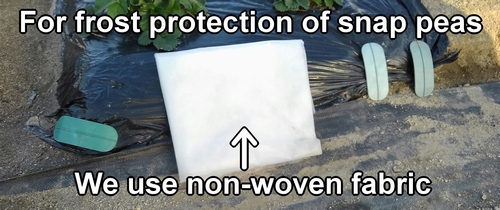
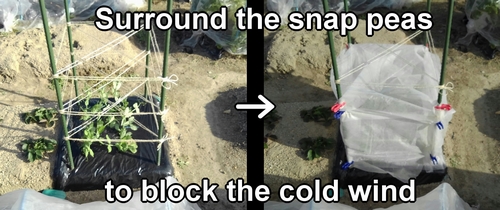
Sugar snap peas are relatively cold-resistant vegetables, so with frost protection, they should be fine. However, in some cases, they may wither due to frost. The ideal height for sugar snap peas to withstand winter is about 15cm (6 inches).
To achieve a height of about 15cm by late December to mid-January, the key is the timing of sowing seeds. It is important to sow at the right time, neither too early nor too late.
For sugar snap peas sown in the fall, the fertilizing period is around early January. In early January, the sugar snap peas are still small, and there are no flowers blooming yet.
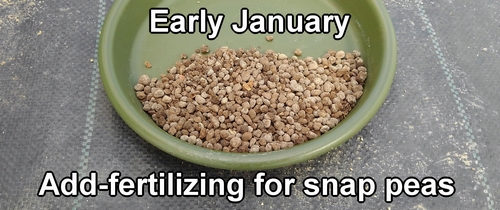
January might feel a bit early for fertilizing sugar snap peas, but applying fertilizer in advance is beneficial for their growth in spring, making this timing just right. Especially for organic cultivation, the organic fertilizer used takes about a month to show its effects during cold periods.
Sugar snap peas are fertilized only once. Applying an appropriate amount of fertilizer is important to avoid attracting pests and causing diseases.
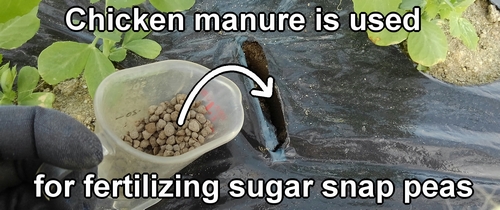
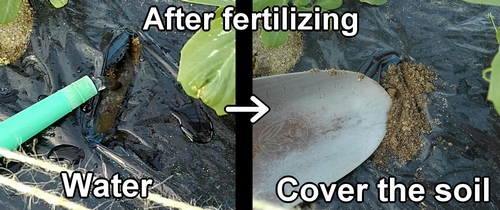
The harvest time for sugar snap peas is when the pods become plump, usually until mid-May. We harvest sugar snap peas gradually, starting with the ones that are ready to eat. The harvest period for snap peas extends from early April to mid-May.
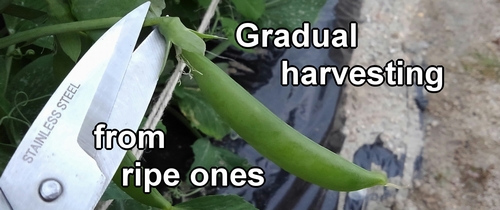
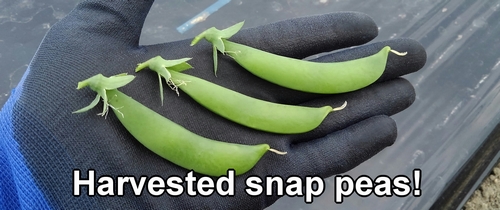
With the harvest reached, the care and cultivation management of sugar snap peas are now concluded. Now, it’s just a matter of continually harvesting the grown pods. There’s almost no need for additional fertilizing, pruning, or pinching with the fertilization done.
If left unattended, the snap pea vines will grow upwards, and more flowers and pods will continue to appear. Let’s enjoy the blessings of spring until the harvest is complete!
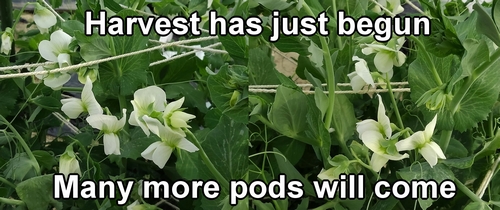
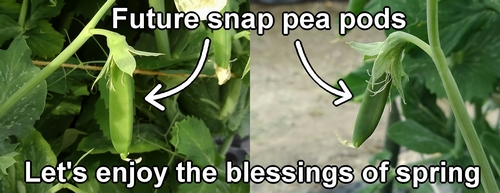
Following is the video for how-to. English subtitles are available.
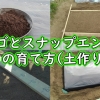
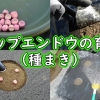


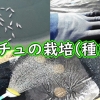








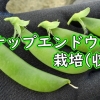

Discussion
New Comments
No comments yet. Be the first one!